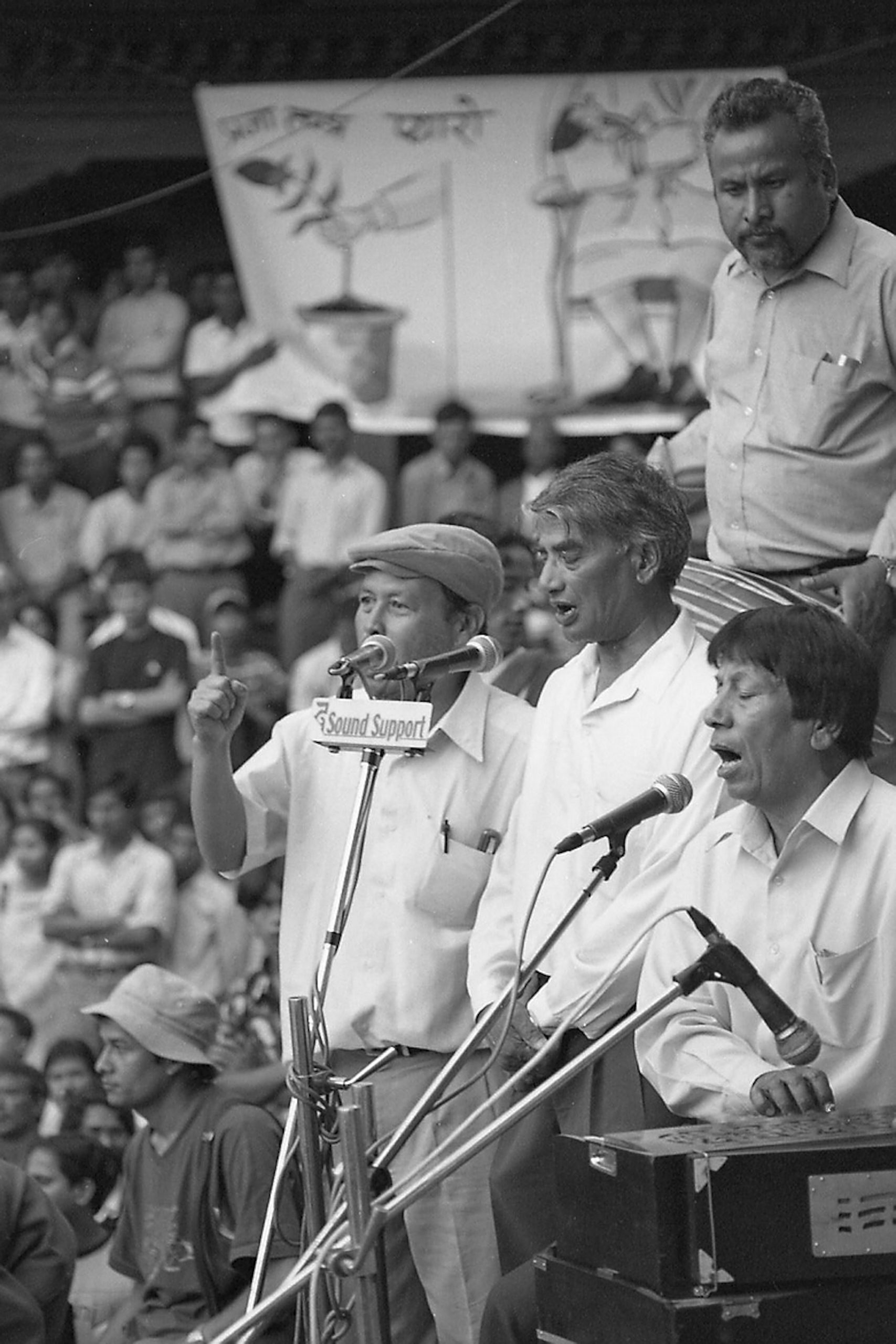Before leaving Nepal, I had the opportunity to document a pivotal uprising—one of the most significant revolts in the country’s recent political history. On August 11, 2005, Nepal’s civil society took to the streets, organizing a powerful protest against the authoritarian rule of the King.
This demonstration was not led by political parties, but by members of civil society who had grown frustrated with the lack of democratic progress. Their aim was to awaken and mobilize ordinary citizens—people who had grown disillusioned with both the monarchy and the traditional political establishment. A key symbol of the protest was the lighting of lanterns during daylight hours—a clever and satirical critique of the King’s actions, a metaphor for his regime’s injustice and the absurdity of the political situation.
At the time, the King was playing a strategic and manipulative political game with the parties, bypassing democratic processes. Protesters, though initially hesitant to challenge the monarchy openly, began to recognize the gravity of the situation. The Maoists, who had not yet entered mainstream politics, remained on the periphery. Meanwhile, the King’s grip on power had become increasingly intolerable.
What made this movement particularly powerful was its independence. It was not affiliated with any political party. Instead, it represented the voice of the people—a collective refusal to stay silent in the face of political decay. Civil society stood up when political parties faltered, sending a clear message that the people demanded change.
Even today, I carry a strong belief that Nepal still yearns for meaningful progress. The issues that ignited that protest—government accountability, inclusion, and democratic integrity—are still deeply relevant. That day in August was not just a protest; it was a statement of resilience and the people’s desire for a better future.












